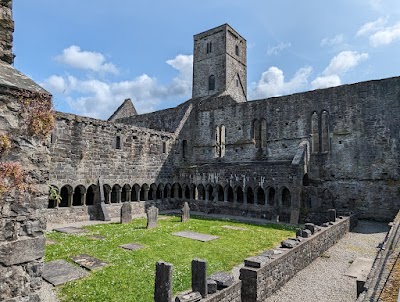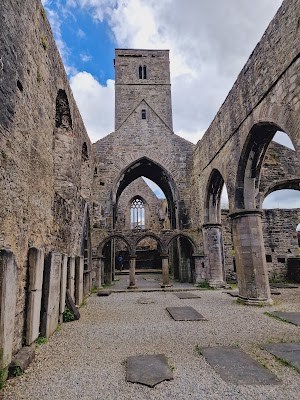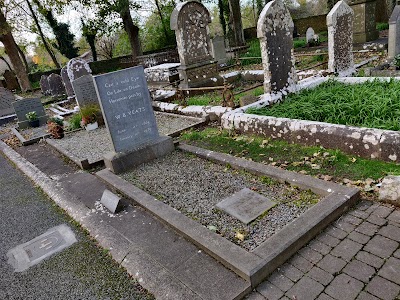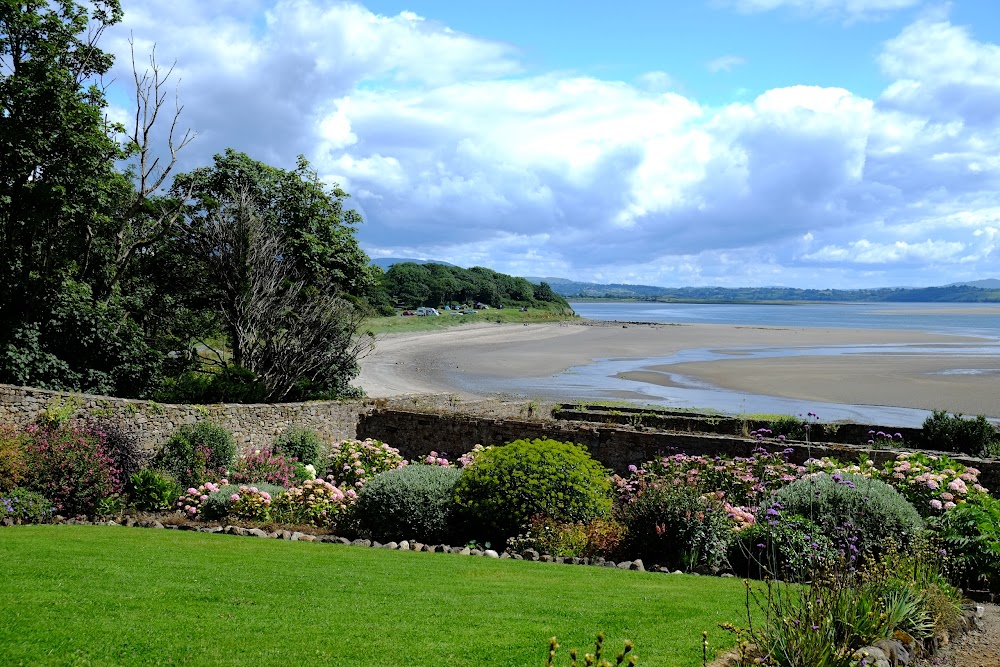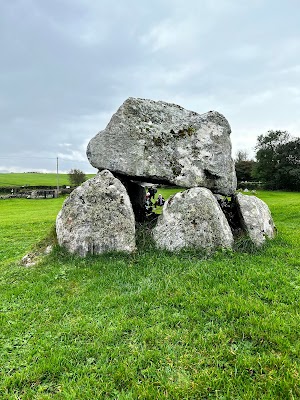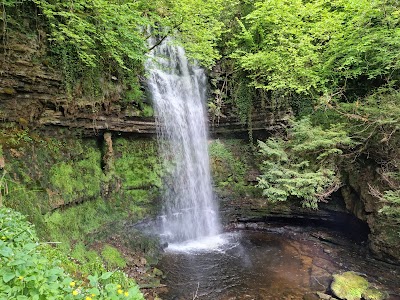Sligo Abbey (Abhainn Shligigh)
Overview
Discovering Sligo Abbey
Nestled in the heart of Sligo town, Ireland, Sligo Abbey is a remarkable historical site that provides an enchanting glimpse into the medieval history and cultural heritage of this picturesque region. Also known as the Dominican Friary, this enduring symbol of the area’s past attracts countless visitors each year, eager to explore its storied ruins and delve into its fascinating history.
A Rich Historical Background
Sligo Abbey was founded in 1253 by Maurice FitzGerald, the Lord Chief Justice of Ireland. Over the centuries, this Abbey has witnessed significant events and transformations, originally serving as a Dominican friary that fostered religious devotion, education, and community life among its resident monks.
Architectural Marvels
One of the most captivating aspects of Sligo Abbey is its stunning architecture. Many original medieval structures have remarkably withstood the test of time. The beautifully preserved cloisters, encircling a tranquil inner courtyard, showcase exquisite examples of Gothic architecture, with intricate stone carvings that invite wonder. As you stroll through this serene space, it’s easy to envision the contemplative lives of the monks who once called the Abbey home.
Exploring Sacred Spaces
A highlight of Sligo Abbey is the impressive nave and transept of the church. With its soaring vaulted ceilings and majestic arches, the nave evokes a sense of grandeur and reverence that reflects the spiritual significance it held for its original inhabitants. As you explore this sacred space, take a moment to appreciate the craftsmanship that went into its construction, and perhaps feel a connection to the countless generations who have worshipped within these hallowed walls.
Resilience Through Turmoil
The turbulent 16th and 17th centuries brought extensive challenges for Sligo Abbey. The dissolution of the monasteries under Henry VIII led to the suppression of many religious houses in Ireland, including Sligo Abbey. Despite facing attacks, pillaging, and even being set ablaze during the Nine Years' War in 1595, the Abbey's resilience adds layers of historic intrigue to its story.
A Literary Connection
An interesting fact about Sligo Abbey is its association with the renowned Irish poet W.B. Yeats. Although the Abbey predates Yeats by several centuries, its atmospheric ruins and evocative presence inspired much of his work. Visitors familiar with Yeats’ poetry may find an extra layer of meaning as they wander through the Abbey, knowing that these ancient stones were once a part of the landscape that influenced one of Ireland’s literary giants.
Unique Artifacts
In addition to its architectural grandeur, Sligo Abbey houses a collection of fascinating artifacts. Among them is the well-preserved 15th-century O'Conor Sligo Tomb, adorned with intricate carvings that exemplify the funerary art of the period. The Abbey also features a collection of medieval floor tiles, each with distinctive patterns, offering a visual feast for those interested in the finer details of craftsmanship from this era.
Surrounding Beauty
A visit to Sligo Abbey is not only a journey through time but also an opportunity to appreciate the tranquil beauty that envelops the site. Situated near the banks of the picturesque Garavogue River, the Abbey offers a stunning backdrop for exploration. After your visit, enjoy a leisurely stroll through the charming streets of Sligo, where the blend of historical allure and modern vibrancy creates a unique atmosphere.
Experience the Legacy
Whether you’re a history enthusiast, an architecture lover, a poetry aficionado, or simply a curious traveler, Sligo Abbey provides a deeply enriching experience. This remarkable site stands as a testament to the enduring spirit of the past, inviting visitors to step back in time and discover the layers of history that have shaped it. As you wander through its storied ruins, reflect on the lives of the monks, the challenges they faced, and the lasting legacy they left behind.
Sligo Abbey is an essential stop for anyone exploring Ireland's heritage. Its blend of historical depth, architectural beauty, and cultural significance makes it an exceptional landmark that continues to captivate and inspire all who visit.


